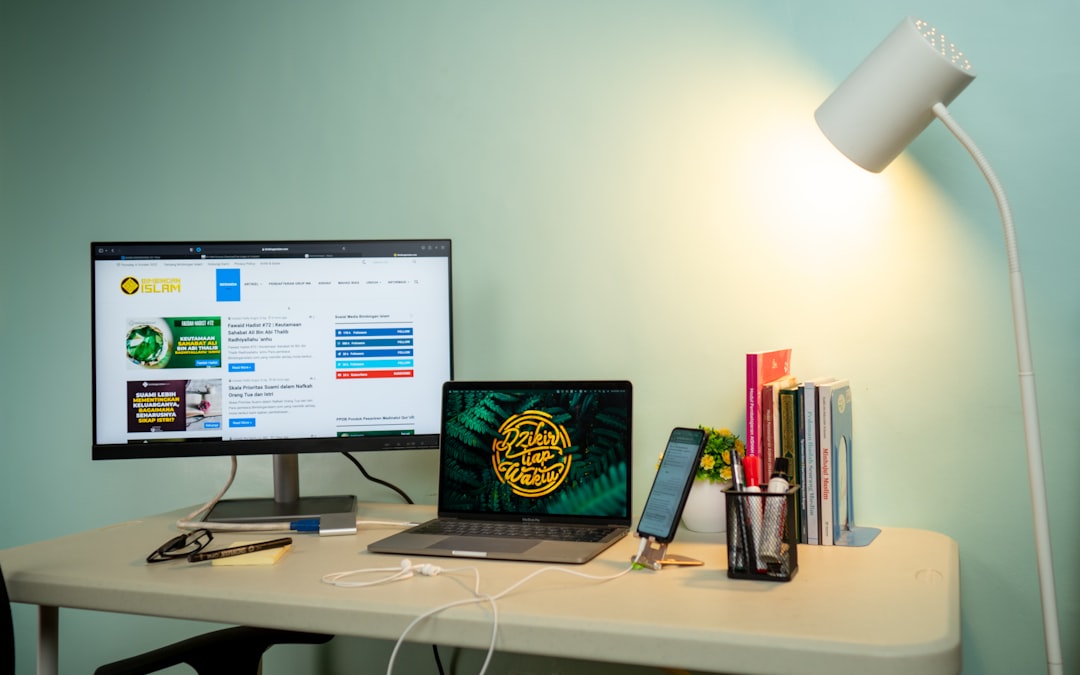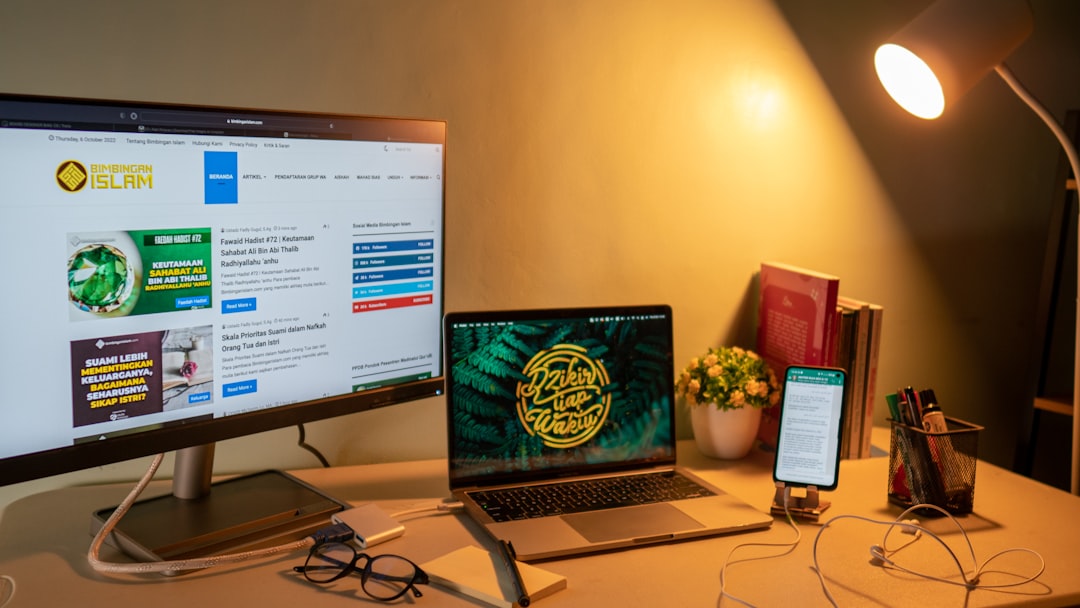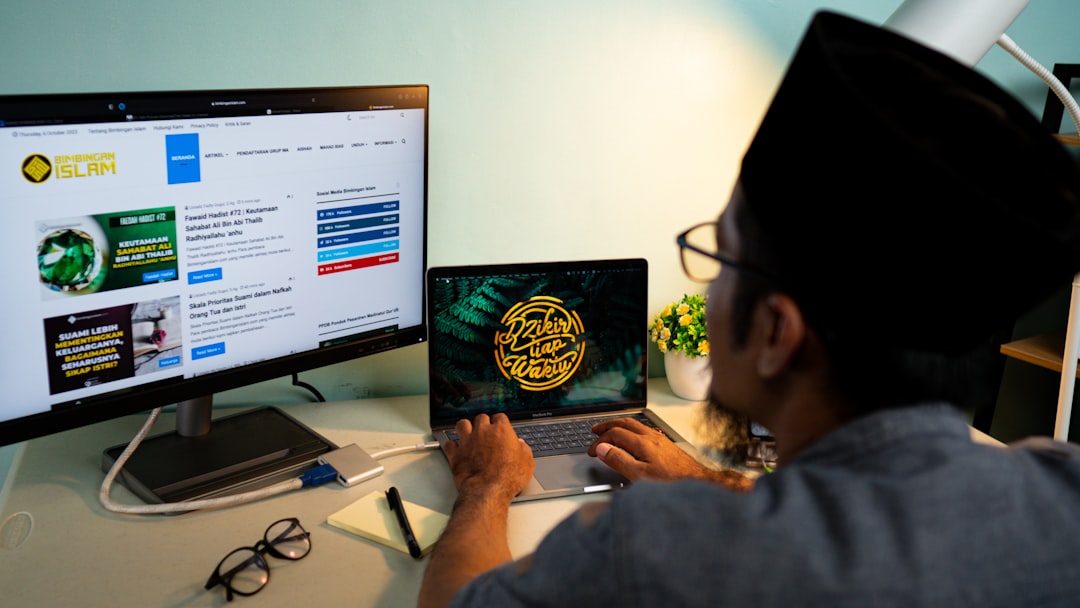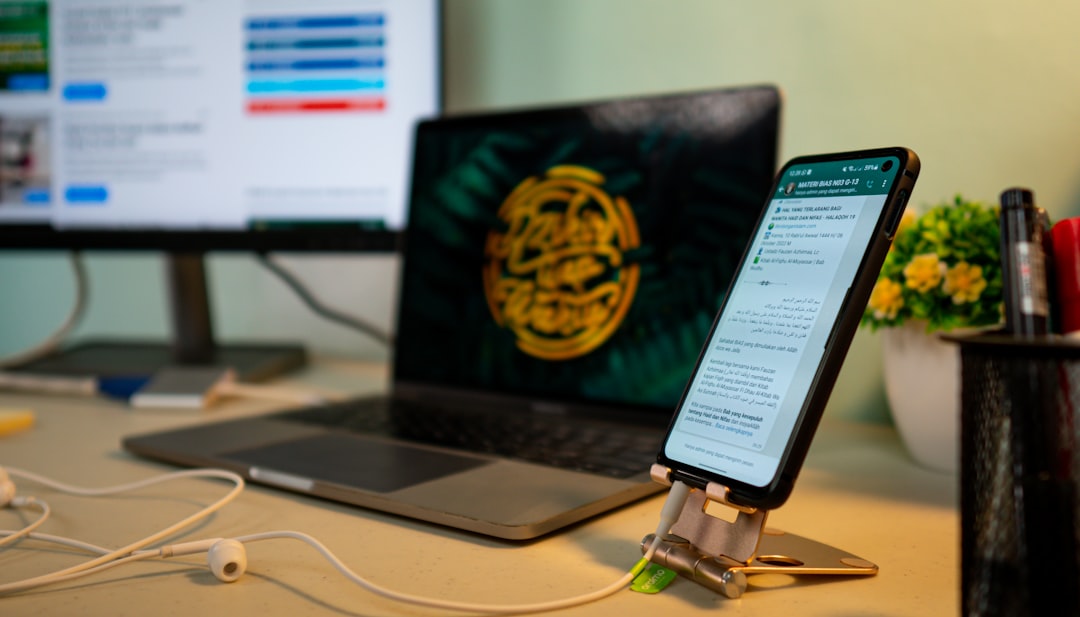As a freelancer, you have the ultimate freedom to work from anywhere, anytime. However, with great freedom comes great responsibility. Staying productive and avoiding procrastination can be one of the biggest challenges for any freelancer. No matter how motivated you are, you can’t always control your environment or your workload, and distractions can often get in the way.
In order to combat these challenges, it’s important to adopt a proactive approach to productivity. By taking small steps to stay on track, you can achieve your goals and avoid falling victim to the freelancer’s curse. With that in mind, let’s dive into some important tips and strategies that can help you stay focused and productive.
In this post, we’ll cover the following topics: Make a List and Stick to It, Find Your Rhythm, Create a Workspace That Works for You, Take Breaks and Set Boundaries, and Tools for Success. By following these tips, you can maximize your productivity, avoid burnout and distractions, and achieve success as a freelancer.
Section 1 – “Make a List and Stick to It: The Power of Planning”
As a freelancer, it’s easy to get overwhelmed by the amount of work you have to do. You have multiple projects to think about, deadlines to meet, and emails to respond to. Without a plan or a system in place, it’s easy to get sidetracked by distractions and lose precious time. That’s where the power of planning comes in.
Planning is an essential part of productivity, and it starts with making a list. Start by writing down everything you need to do, from the highest priority tasks to the smallest. Once you’ve written down everything, prioritize the tasks based on deadlines and importance.
One technique that many successful freelancers use is the Pomodoro Technique. This technique involves breaking your workday into intervals of 25 minutes, followed by a short break. During the 25-minute interval, all distractions are put away, and you focus solely on your work. This not only helps you stay productive but also gives you time to rest and recharge in between intervals.
Another aspect of planning is setting goals. You should set both short-term and long-term goals, and they should be specific, measurable, achievable, relevant, and time-bound. Setting goals helps you stay focused and motivated, and it gives you a sense of direction.
Once you’ve made your list and set your goals, it’s crucial to stick to them. This means avoiding distractions and staying on task. One way to do this is by using time-blocking. Time blocking involves assigning specific tasks to specific times of the day. This not only helps you stay organized but also gives you a clear view of how much time you have for each task.
Overall, planning is an essential part of productivity. Making a list, setting goals, and sticking to them are vital steps in staying productive as a freelancer. Incorporating these habits into your daily routine can go a long way in helping you overcome the freelancer’s curse of procrastination and staying productive.
One way to do this is by using time-blocking.
Section 2 – “Find Your Rhythm: Identifying Your Most Productive Hours”
As a freelancer, achieving productivity is crucial to your success. One important factor in being productive is identifying your most productive hours. Knowing when you are most productive can help you plan your day more effectively and maximize your output.
Many people assume that they are at their best during the typical 9-to-5 workday. However, studies have shown that everyone’s body clock is unique, and some of us are simply not at our most efficient during these times.
To determine your most productive hours, start by paying attention to your energy levels throughout the day. Notice when you feel the most alert, and when you start to feel drowsy or distracted.
You may notice that you are most alert and productive in the morning, or maybe you work best in the late afternoon or evening. Maybe it splits – you are productive in the early morning and again in the evening.
Once you have determined your most productive hours, plan your workday around these times. Schedule your most important tasks during these hours, and then schedule the less demanding or more routine work during your less productive hours.
Additionally, identifying your most productive hours can also help you plan your breaks. For example, if you are most productive in the morning, schedule a short break in the early afternoon to recharge and avoid burnout.
The key is to work smarter, not harder, and this starts with understanding your natural rhythms. When you can work during the hours when you are most alert and focused, you will find that you can get more done in less time, leaving you with more time for the fun and valuable things in your life beyond work.
Overall, finding your rhythm takes time and experimentation, but the payoff is worth the effort. Keep track of your energy levels, experiment with different times of day, and adjust your schedule as needed. When you make the most of your productive hours, you can overcome the freelancer’s curse of procrastination and stay productive.
You may notice that you are most alert and productive in the morning, or maybe you work best in the late afternoon or evening.
Create a Workspace That Works for You: Designing a Productive Environment
Creating a workspace that promotes productivity is essential for freelancers. As a freelancer, you have the freedom to work from anywhere you choose. However, if you’re not careful, your environment can quickly become a hindrance to your productivity.
The first step in creating a productive workspace is to find a quiet, distraction-free area where you can focus on your work. Ideally, this area should be a separate room designated as your office. If that’s not possible, choose a quiet corner of your home where you can set up a desk and work comfortably.
Once you’ve identified your workspace, it’s important to organize it in a way that promotes productivity. Keep the area clean and organized. Invest in a comfortable chair and desk that are ergonomically designed to reduce stress on your body. Keep your office supplies within reach and use storage solutions like trays and boxes to organize your papers and supplies.
The lighting in your workspace is also crucial. Avoid harsh overhead lighting and instead opt for softer lighting that’s easier on the eyes. A table lamp or diffused light will create a cozy atmosphere and can help you relax and focus on your work.
It’s also important to personalize your workspace. Add décor that inspires you, like pictures, motivational posters, or plants. Color can also have a significant impact on your mood, so choose shades that make you feel calm and focused.
Finally, make sure your workspace has the equipment you need to do your job effectively. This may include a desktop or laptop computer, a printer, a phone, and any other tools specific to your work.
Designing a workspace that works for you can take some trial and error. Experiment with different setups until you find the one that works best for you. Remember, the workspace you create should be comfortable, organized, and inspiring.
Create a Workspace That Works for You: Designing a Productive Environment
Creating a workspace that promotes productivity is essential for freelancers.
Take Breaks and Set Boundaries: Avoiding Burnout and Distractions
Feeling overwhelmed and burnt out can be one of the biggest obstacles for freelancers when it comes to staying productive. As a freelancer, you may feel the pressure to always be working, but setting boundaries and taking regular breaks is key to avoid burnout and increase productivity.
First, it’s important to take breaks throughout the day. Research has shown that taking frequent breaks can actually help improve focus and concentration, which is essential for a freelancer who relies on their ability to produce quality work. Taking breaks can mean physically stepping away from your workspace, going for a short walk, or even just closing your eyes and taking a few deep breaths.
Second, don’t be afraid to set boundaries with your clients and colleagues. It’s understandable that as a freelancer, you want to be available and responsive to your clients, but it’s crucial to communicate boundaries and expectations to avoid burnout. For example, you may want to set specific communication hours or days, so you’re not constantly responding to emails and calls outside of your regular work hours.
Finally, eliminate distractions. When working from home, it can be easy to get sidetracked by household chores, social media notifications, or even just the temptation to take a nap. Find ways to minimize distractions, such as closing unnecessary browser tabs, turning off notifications on your phone, or using noise-cancelling headphones to block out background noise.
By taking regular breaks, setting boundaries, and minimizing distractions, you can avoid burnout and stay focused on your work. Implementing these strategies can lead to improved productivity and increased job satisfaction as a freelancer.
Taking breaks can mean physically stepping away from your workspace, going for a short walk, or even just closing your eyes and taking a few deep breaths.
Section 5 – Tools for Success: Technological Solutions to Boost Your Productivity
As technology advances, so do the tools available to help us stay productive. From apps to software, there are numerous technological solutions that can help you make the most of your time and get your work done efficiently.
One tool that many freelancers find helpful is time-tracking software. These apps allow you to monitor the amount of time you spend on specific tasks, giving you a better understanding of where your time is going and how to optimize it. Some popular time-tracking software includes Toggl and RescueTime.
Another tool that can help boost your productivity is project management software. These apps allow you to keep track of multiple projects, set deadlines, and collaborate with team members. Some popular project management software options include Asana and Trello.
For those who struggle with staying organized, there are numerous apps and tools available to help. Workflowy and Evernote are two popular note-taking and organization apps that can help you keep your thoughts and ideas in order.
Finally, communication tools like Slack and Zoom can help you streamline your communication with clients and collaborators. These apps allow you to stay connected and organized, ensuring that you don’t miss important messages or updates.
When it comes to choosing productivity tools, it’s important to find ones that work for you and your unique needs. Experiment with different apps and software to find the ones that help you stay on track and get your work done efficiently.
By incorporating these technological solutions into your daily routine, you can maximize your productivity and stay ahead of the game.
These apps allow you to stay connected and organized, ensuring that you don’t miss important messages or updates.
Productivity Takes Practice: Incorporating These Tips into Your Daily Routine
Congratulations – you’ve made it to the final step in your journey towards overcoming procrastination and staying productive as a freelancer. You’ve learned how to plan effectively, identify your most productive hours, design a workspace that works for you, avoid burnout and distractions, and use technological solutions to boost your productivity. But the real test comes when you start to incorporate these tips into your daily routine.
Remember that productivity is not an end goal, but rather, a continuous practice. You will have good days and bad days, times when you feel like you’re on top of the world and times when you feel like you’re drowning in a sea of unfinished tasks. The key is to keep practicing, keep experimenting, and keep pushing yourself to be better. Here are a few tips to help you stay on track:
1. Schedule your day: Plan out your day in advance, either the night before or first thing in the morning, and stick to the schedule as closely as possible. This will help you stay focused and avoid distractions.
2. Set goals: Whether it’s a daily, weekly or monthly goal, set a target for yourself and work towards achieving it. This will give you a sense of direction and purpose.
3. Prioritize your tasks: Not all tasks are created equal. Prioritize your tasks based on their importance and urgency, and tackle the most critical tasks first.
4. Take breaks: Remember to take regular breaks to avoid burnout and recharge your batteries. Go for a walk, exercise, or do something that relaxes you.
5. Accountability: Find an accountability partner or join a productivity group to help keep you motivated and accountable.
6. Reflect and adjust: Take some time to reflect on your productivity and adjust your routine as needed. Experiment with different tools, techniques, and strategies to find what works best for you.
Remember, productivity is not just about getting more done in less time. It’s about aligning your tasks with your values and priorities, and working towards your goals in a way that feels sustainable and energizing. By incorporating these tips into your daily routine, you’ll be well on your way towards overcoming the freelancer’s curse and becoming a productive, fulfilled and successful freelancer.





